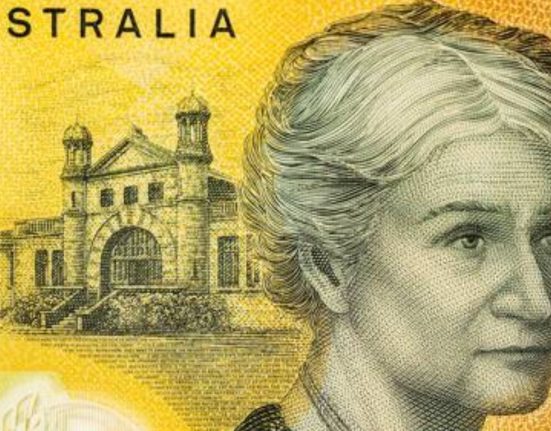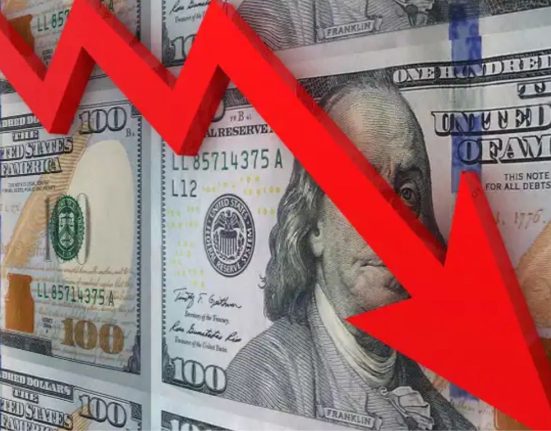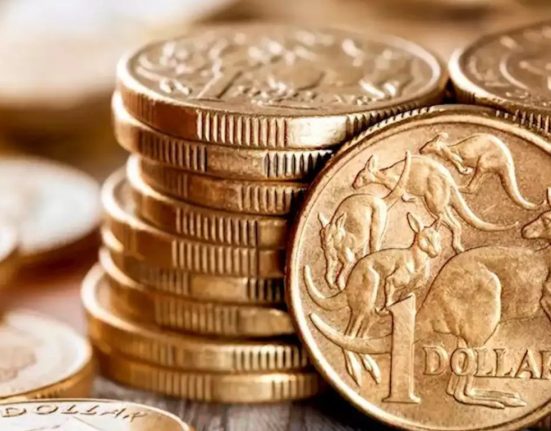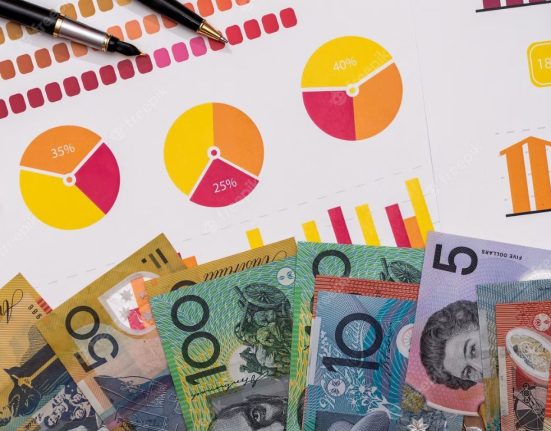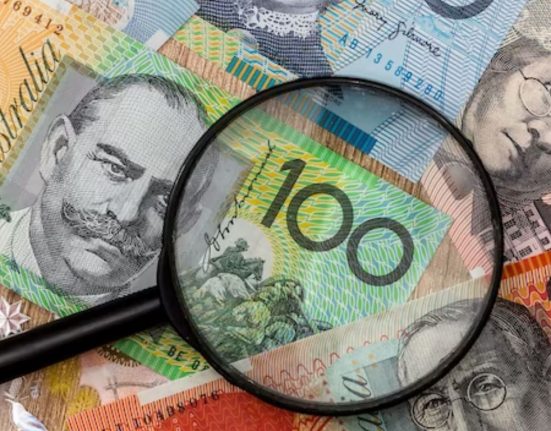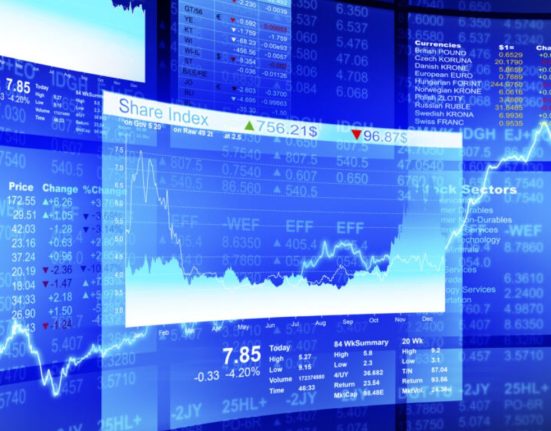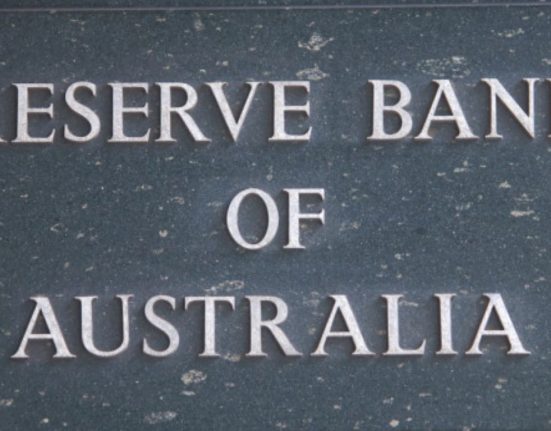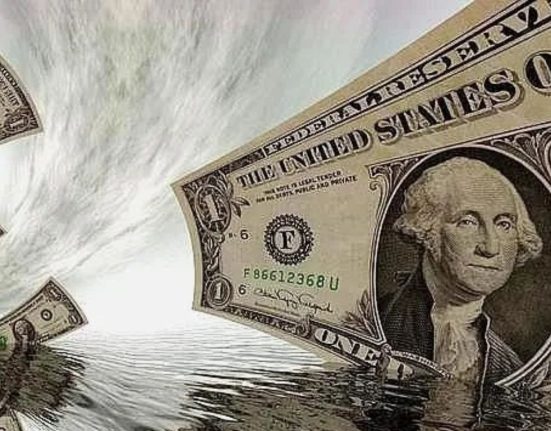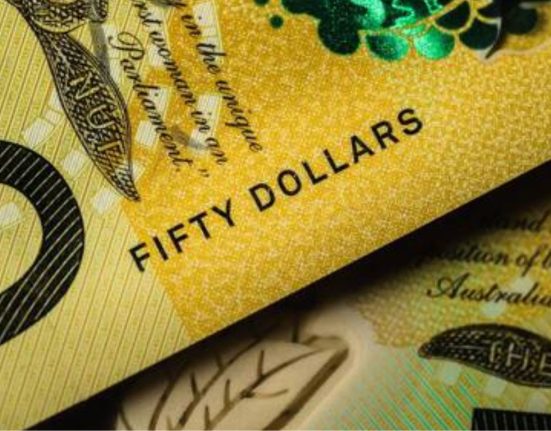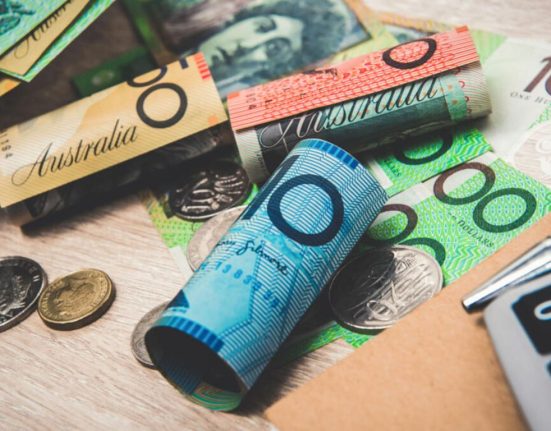The Australian dollar and the US dollar (AUD/USD) pair is one of the most popular traded pairs in the world. The pair’s popularity soared because traders were attracted to the interest rate differential of the pair. However, this has waned in recent years due to economic volatility worldwide.
AUD/USD Trading Range
The AUD/USD pair has been trading in a narrow range since March 2023, between 0.6600 and 0.6810. The pair has failed to break out of this range despite several attempts, indicating a lack of clear direction and momentum.
The pair is currently trading below the 0.6800 mark and near its highest level since February 24, around the 0.6815-0.6820 region touched on Wednesday. However, it faces a strong resistance at the 100-day simple moving average (SMA), which is currently at 0.6790.
The pair has been oscillating between tepid gains and minor losses through the Asian session on Thursday, as traders await fresh catalysts from the US economic data and the Reserve Bank of Australia (RBA) policy meeting next week.
AUD/USD Technical Analysis
On the daily chart, the AUD/USD pair is trading below the 50-day SMA and the 200-day SMA, indicating a bearish bias. The pair is also below the downtrend line drawn from the February high of 0.6975.
The relative strength index (RSI) is hovering around the 50 level, suggesting a lack of momentum. The moving average convergence divergence (MACD) is also flat, indicating a neutral trend.
The pair needs to break above the 100-day SMA and the 0.6810 resistance to confirm a bullish reversal and target the next resistance at 0.6850, followed by 0.6900.
On the flip side, if the pair fails to sustain above the 0.6800 mark and falls below the 0.6750 support, it could resume its downtrend and test the next support at 0.6700, followed by 0.6650.
AUD/USD Fundamental Analysis
The AUD/USD pair is influenced by various factors, such as commodity prices, interest rate differentials, risk sentiment, and economic data.
The Australian dollar is often considered a commodity currency, as it is positively correlated with the prices of iron ore, coal, gold, and other commodities that Australia exports. Therefore, a rise in commodity prices tends to boost the demand for the Aussie dollar.
The US dollar is often considered a safe-haven currency, as it tends to appreciate during times of uncertainty and risk aversion. Therefore, a rise in geopolitical tensions or economic worries tends to boost the demand for the greenback.
The interest rate differential between the RBA and the Federal Reserve also affects the AUD/USD pair. A higher interest rate in Australia relative to the US makes the Aussie dollar more attractive for investors seeking higher returns. Conversely, a lower interest rate in Australia relative to the US makes the greenback more attractive for investors seeking lower costs.
The economic data from both countries also impacts the AUD/USD pair. Some of the key indicators that traders watch include gross domestic product (GDP), inflation, unemployment, consumer confidence, retail sales, trade balance, and manufacturing activity.
Next week, traders will pay attention to the RBA policy meeting on Tuesday and the US inflation data on Wednesday for clues on the future direction of monetary policy and inflation expectations in both countries.

